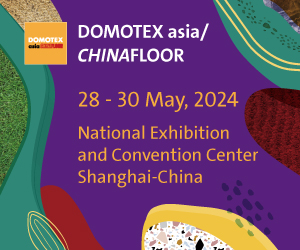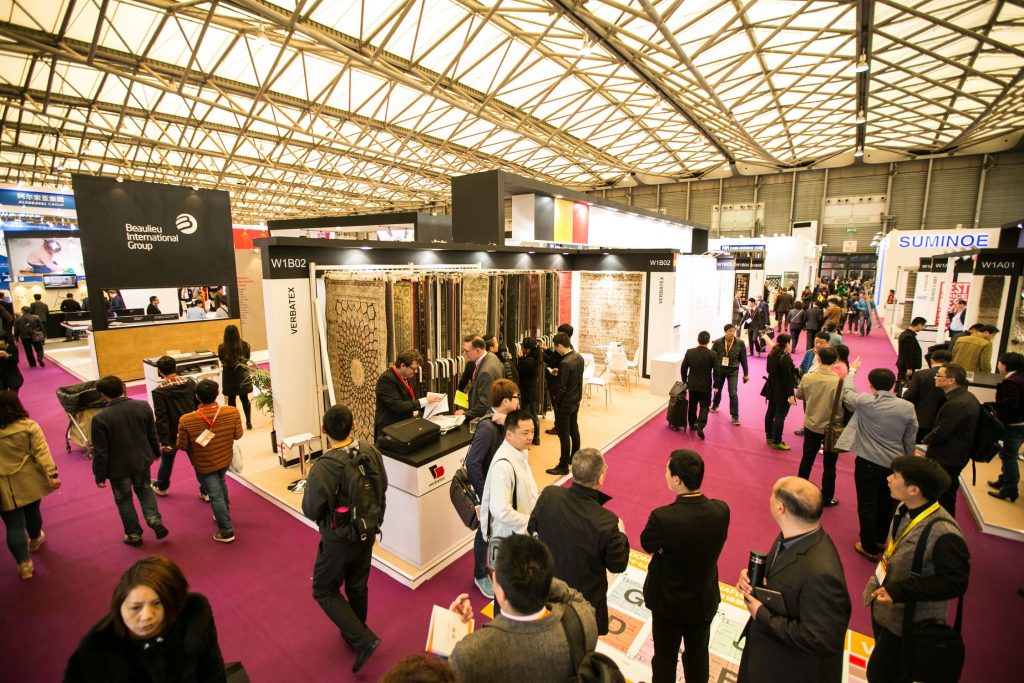FN signature on Turkey’s national costumes
Fırat Neziroğlu, who presented the designs, obtained from the Anatolian lands, to those concerned with his works, designed the clothes of our contestants who participated in Miss Supranational, as well as the Miss Universe and the Miss World contests. The designer, continuing to work on the Anatolian Textile Network, underlined that the fabrics woven in Anatolia are woven by the women from Nevruz village, Çanakkale.
What is Fırat Neziroğlu doing nowadays?
I started working at Bahçeşehir University Creative Industrial Research Center. Here we are working in the field of textile and fashion technologies. On the other hand, I am giving consultation for the wearable technologies of Bilişim Vadisi. I now have a workshop where prototypes of my artistic and industrial products are being made. There is an art gallery right next to it. Here, I exhibit my work. I am establishing the Anatolian textile network at the moment. The fabrics that were woven in Anatolia go to the women of Çanakkale Nevruz village and become clothes there.
Turkey is a very rich geography in this regard. Where are the fabrics from?
It is not possible to reach all of them at once. This is a subject that will evolve over time. Currently Tire, Zonguldak, Ankara, Bartin, Izmir, Sanliurfa, Gaziantep, Mardin, Antalya, Erzurum, Kastamonu and more…
Which one is you most excited about this ongoing project?
Actually, the excitement is not formed in the formation of the fabric, but in its finished form. For example, in Şile, slashing product is being done again. Sea water is taken and flour is poured into it and slurry is obtained. Then they are washed in the sea. It becomes Şile cloth when washed in the sea, and Buldan cloth when washed in normal water. But only the salt content of the Şile Sea causes that cloth to become a Şile cloth. This is a very strange thing. For example, in Çorum, Kargı cloth, which has a different feature, is woven. Şile cloth is the thinnest cotton fabric in Turkey. But Kargı cloth is the brightest white cloth. It is because it is washed in animal dried dung. Therefore, what excites me is the finished product. The Manufacturing a product varies according to the people, culture and climate of that region. As a result, these finishing processes result in very different products. Now, which of these products, which are full of beauty in every corner and region, can I distinguish from each other?
So, how do you handle these products?
Everyone knows my respect for fabric. I do something like this wherever I go. Wherever I go, the looms are always two-framed and two-legged. We are making longitudinal or transverse lines and we can make patterns by opening them in every row and intervening manually. In order to ease this a little more, I find systems that will turn the looms into four legged ones in the places I went. Therefore, this number of feet both relaxes the person and reduces the tension and friction resistance of the yarns. In short, it speeds up.
You also designed the clothes of the contestants representing Turkey in international contests. What did you pay attention to while designing them?
We designed the clothes of our girls who represent our country at Miss Supranational as well as the Miss Universe and the Miss World contests. While doing this, we decided to try different things. For example, while preparing Turkey’s national costume for the Miss World Contest, it was inspired from Göbeklitepe. There are motifs, which were found in Göbeklitepe, on it. When you put Göbeklitepe’s photo next to this outfit, you can easily see the harmony of both color and pattern. At the same time, we used completely traditional methods while designing this outfit. Here there is crochet, needlework, lace, embroidery, weaving… All of them are works in various regions of Anatolia. We designed another outfit for Cemrenaz, who represented us in the Miss Universe contest. We said that since our girl’s name is Cemrenaz, this cemre (air heat) should fall into the air. For that reason, while designing the dress, we used symbols that describe the fertility in the air in Anatolian rug motifs. And we weaved these symbols and embroidered them on clothes as Anatolian women weaved them.
Finally, we designed the outfit of our Miss Supranational contestant held in Poland. While designing this dress, we started out with the theme of the Hittite Queen Puduhepa, who marked the first peace treaty in history with the Kadesh Peace Treaty. We reinterpreted her outfit and sent off our contestant to Poland with this beautiful outfit.







